Iran’s experience is interesting in this regard since it was under long-term medical, technological, and economic sanctions, with low resources per capita, and primarily because the citizen groups in large managed the crisis. It seems plausible to retell Iranian policies and actions, or better to say policy by people, that contributed to the country’s heterodox achievement in combating COVID-19.
The overall picture depicted so far regarding Iran’s fight against COVID-19 was one of an ineffective government deserving of criticism for its cynicism and ideology, mainly when the virus was at its apex. Now being able to compare the crisis management experience of those Western governments who blamed Iran, we can accurately shed light on Iran’s efforts amidst unprecedented medical and economic US-led sanctions. Their criticism often failed to provide concrete evidence, or explicit arguments, in support of their featured claims - for example, Behravesh and Stone’s articles in Foreign Policy and Science Magazine, respectively.
Furthermore, the alternative crisis management model demonstrated by Iran, mainly based on the proactive role of ordinary citizens, was overlooked. The incapacities and lack of enough financial and human resources that every government experience at such crippling crises, however, made them eager for effective collaborative and citizen-engaging models of crisis management.
The untold story we will present here is about a nuanced model of confrontation with the pandemic rooted in the cultural capacity of the people. This model is majorly built on voluntary community-based movements and citizen-driven actions with a leading role from religion. We will also discuss several arguments and evidence counter to the mainstream Western media.
Community-based Movements
The country of Iran has a religious society and theocratic government, with a constitution that repeatedly admits the power and role of people. The close interconnection of the society and the Islamic government can best be understood from that fact that over 200 thousand martyrs maintained the Islamic Revolution of 1979 during the eight-year war imposed by Iraq on Iran, which is called the Holy Defense. The holy defense was an exemplar manifestation of faith-based civic engagement in Iran’s history. Most of these martyrs were volunteer citizens. It should be noted that martyrdom is differently understood in Shi’ite Islam compared with the Western culture. Historically, the Culture of Help (Farhang-e Yarigari) has been well entrenched in Iran for millenniums, which was in recent decades revived via the concept of ‘jihadi management’.
During the COVID-19 pandemic, the civic engagement addressed building houses, filling oxygen capsules, providing first-aid services, setting up blood donation stations, developing technological solutions for the first time – for example in producing the first active-line ventilators of Iran, and designing a comprehensive platform for charities to make their activities coordinated. There were also various cultural, educational, and media activities, including donating tablets, raising awareness of health issues and, donating stationery materials to students, saying thanks to the families of martyrs by visit or call, making videos on relaxing anxiety, and even providing policy recommendations to authorities based on lived experiences.
The campaign Stay at Home to Save Lives is another example of Iran's citizen-engaging approach, which gradually improved public awareness and voluntary self-quarantines instead of an early forcing of people into home-quarantine. Sewing masks and medical dresses voluntarily at home has been another widespread movement created by jihadi[1] housewives and students to the avail of the public network of the Basij (Figure 1). There has also been a campaign aimed at shop owners to not collect rent from their tenants hit by COVID-19.
Amongst voluntary citizens, we can see a strong presence of clergymen, which indicates the interweaving of religious institutions and society. They have collectively participated in disinfecting public sites, streets, and shopping malls, helping hospital staff in various roles, washing corpses and praying for the deceased, active case-finding, and advising people on observing medical and policy instructions from health authorities while praying to God and preserving their faith (Figure 2).
Role of Faith
Since the early outbreak of Coronavirus disease, Ayatollah Ali Khamenei, the Supreme Leader of Iran, and many religious figures asked people to adhere to the health instructions while insisting on seeing faith and religion as the most helpful components of this battle. This implicitly signaled a unified front with religion, policy, and science, instead of a confrontational dynamic that many have argued. For example, He on March 15th talked about the coherence of religious, humanitarian, and jihadi motives while thanking the officials and the health community. Also, many religious leaders devoted half of the religious donations in the fight against COVID-19.
Furthermore, maintaining social distancing - or more precisely, physical distancing - is what the Supreme Leader soon started to observe at the early outbreak. His public actions mirrored the calls from leading religious institutions and mullahs to the Iranian people to observe preventive measures since the first confirmed case was reported in China. Such an approach to science-led recommendations from a society’s religious leader is paramount when considering the numerous conflicting arguments globally reported between religious figures’ and health professionals’ advice and practices. In another instance, Ayatollah Abdollah Javadi Amoli, a high-ranking religious figure, acknowledged the medical community and advised them and the society to pray for all those affected by COVID-19. Ayatollah Mohsen Gharaati also asked Iranians to turn this threat into an opportunity by observing medical precautions, praying, and capitalizing on quality family time.
To close, it can be a new mindset to rebuild national and regional crisis management models from the bottom up on the should of people. As it was illustrated, there is plausible evidence for Iran on the pivotal role of community-based movements and faith-based civic engagements to contain the pandemic from the bottom up. Other countries can similarly overcome their capability and resource shortages by drawing on citizen engagement, voluntary public movements, and the Culture of Help. However, such an approach requires an authentic attention to the specificities of the society and its culture. Anyway, this proved to be a necessity in worldwide emergencies like this pandemic where all the nations are needy.
[1] Through Western media, 'jihadi' is often understood as a synonym for terrorism and suicide bombing. But when examined closer to its etymological origins, it is understood in Iran and in Islamic teachings as voluntary peaceful (often community-based) actions and movements on behalf of God.
By: Reza Khanzadeh, Ali Maleki, Najmoddin Yazdi


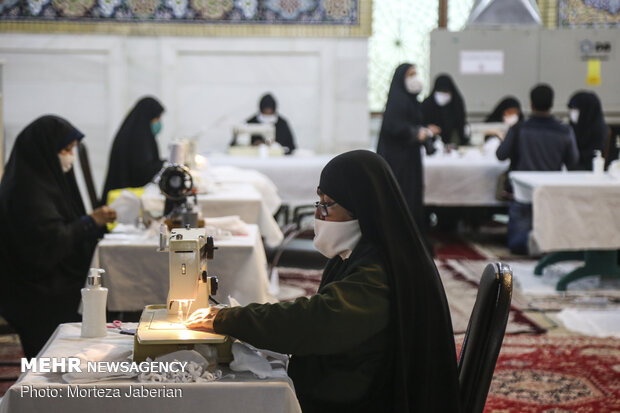
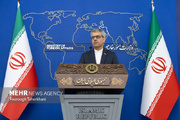


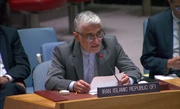
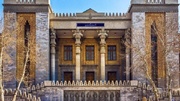



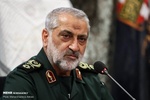












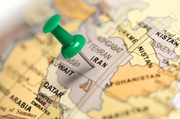
Your Comment